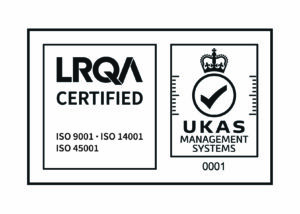Information on hydrogenated and stearic fatty acids of plant origin
Below you can find informative and relevant data on hydrogenated and stearic fatty acids that come exclusively from the soil or plant origin:
| ORIGIN | COCONUT | PALM | ||
| ANALISYS
METHOD |
UNITS | CYPACID CC-52-H |
CYPTEC AE-5050-V |
CYPTEC AE-6040-V |
| ACID VALUE ISO 660 |
mg KOH/gr. | 266-276 | 204-212 | 207-215 |
| IODINE VALUE ISO 3961 |
gr.l/100 gr. | MAX. 1 | MAX. 1 | MAX. 0,5 |
| SAPONIFICATION VALUE ISO 3657 |
mg KOH/gr. | – | 205-213 | 208-216 |
| TITRE ISO 935 |
º centigrade | 24-28 | 54-56 | 54-56 |
| COLOUR LOVIBOND 5 1/4" BS684.1.14 |
Red units (R) | MAX. 0,5 | MAX. 0,5 | MAX. 0,5 |
| COLOUR LOVIBOND 5 1/4" BS684.1.14 |
Yellow units (Y) | MAX. 5 | MAX. 3 | MAX. 3 |
| UNSAPONIFIABLES ISO – 18609 |
% | MAX. 0,5 | MAX. 0,5 | MAX. 0,5 |
| GAS CHROMATOGRAPHY | ISO 5508/12966-2 |
|
MAX. 1 | – | – | |||
|
5-8 | – | – | |||
|
4-7 | – | – | |||
|
47-54 | MAX. 1 | MAX. 1 | |||
|
17-22 | MAX. 3 | MAX. 3 | |||
|
– | – | – | |||
|
8-12 | 42-55 | 50-70 | |||
|
– | – | – | |||
|
9-13 | 43-56 | 27-47 | |||
|
MAX. 0,5 | MAX. 1 | MAX. 0,5 | |||
|
– | – | – | |||
|
– | MAX. 1 | MAX. 1 |
If you need more information about the fatty acids listed in our information tables, do not hesitate to contact us or request information from our online form that you can find on different pages of our website or by calling our contact phone number 933354850.
There are different types of processes for obtaining this type of Hydrogenated stearic acids:
Biohydrogenation: this is a hydrogenation reaction carried out by bacteria in the rumen of polygastric animals.
Industrial hydrogenation: For the production of different products from animal and vegetable fats (margarine, etc.).
Heating and processing of fats: When an oil or fat is refined or fried, it can undergo a series of chemical reactions, including the formation of trans fats.


